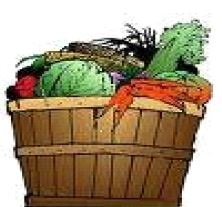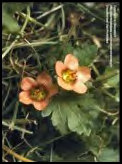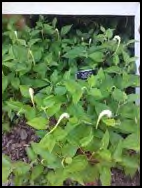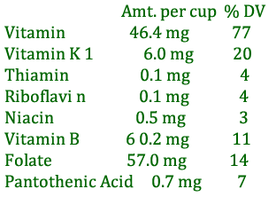
USING MEDICINAL PLANTS WITH MARY ANN ARMBRUSTER
We learned that this will be the last column of Between The Rows that Mary Ann will be sharing with us for a while. The Master Gardener Newsletter team extends a hearty thank you for the wealth of knowledge and witty humor that she has shared over the years. This month we provide part two of her submission on medicinal plants as we savor the final Between the Rows (at least for now).
We learned that this will be the last column of Between The Rows that Mary Ann will be sharing with us for a while. The Master Gardener Newsletter team extends a hearty thank you for the wealth of knowledge and witty humor that she has shared over the years. This month we provide part two of her submission on medicinal plants as we savor the final Between the Rows (at least for now).









 RSS Feed
RSS Feed